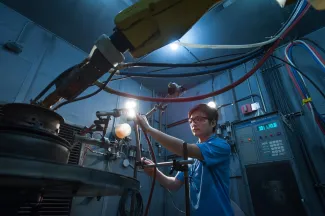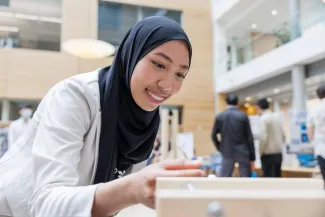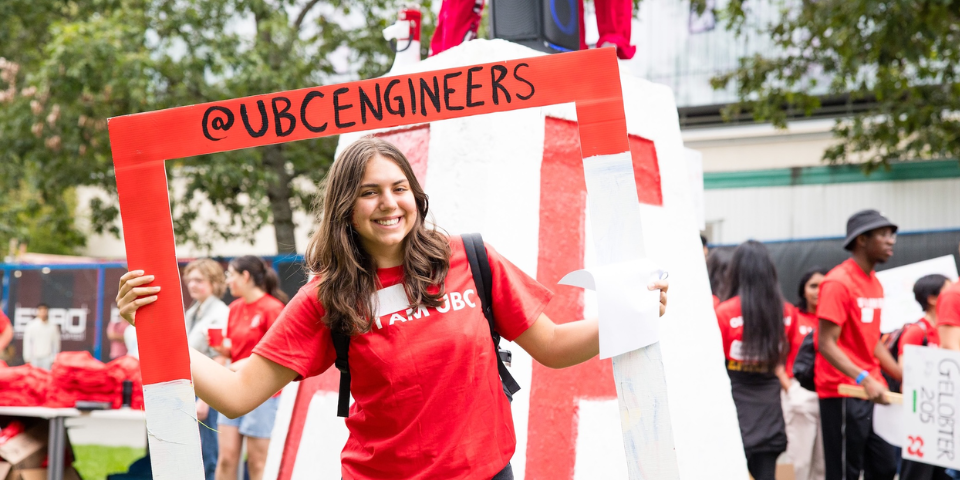Brooke Adey, Adam Cojocar, Melanie Dahal, Alec LaPointe
- Community Partner: Professor Wenying Liu, UBC Department of Materials Engineering
- Degree:
- Bachelor of Applied Science
- Program:
- Campus: Vancouver
Our project
Mining plays a critical role in our daily lives, as minerals and metals serve as the foundation for virtually all human goods. However, there are significant adverse environmental impacts that can arise from mining. In Elk Valley, B.C., one prominent concern with regional coal mining activities is the release of contaminants from waste rock piles. Our project holistically explored the use of dry cover systems and organic amendments to prevent sulphide oxidation and metal leaching from waste rock piles.
Our inspiration
The general theme of the project aligns with the changes that the broader engineering discipline around the world must undergo in the next decades to create a sustainable world.
Our biggest challenge
Often there was a lack of specific technical information in the literature that could have been useful for our analysis. This was the case because some of the technologies we evaluated have not been tested at full scale or for significant amounts of time. Another reason for the lack of information is that the topic of our project is a sensitive one in terms of public image for mining companies, who may not want to publish data about the negative environmental impacts that their activities can have.
What excited us most
The opportunity to work closely with a world-class expert on the topic, as well as to learn about the issues that global resource companies can face and how those challenges present in the real world so close to home.
The most interesting/surprising thing we learned
The sheer number of variables that must be taken into account when designing a system that will interface so much with the environment is astonishing.
Our project’s future
Our project evaluated four technologies for managing mine waste rock. Our recommendation was for further research into two of the technologies, dry cover systems and organic amendments. These technologies showed robust social, economic and environmental benefits.






